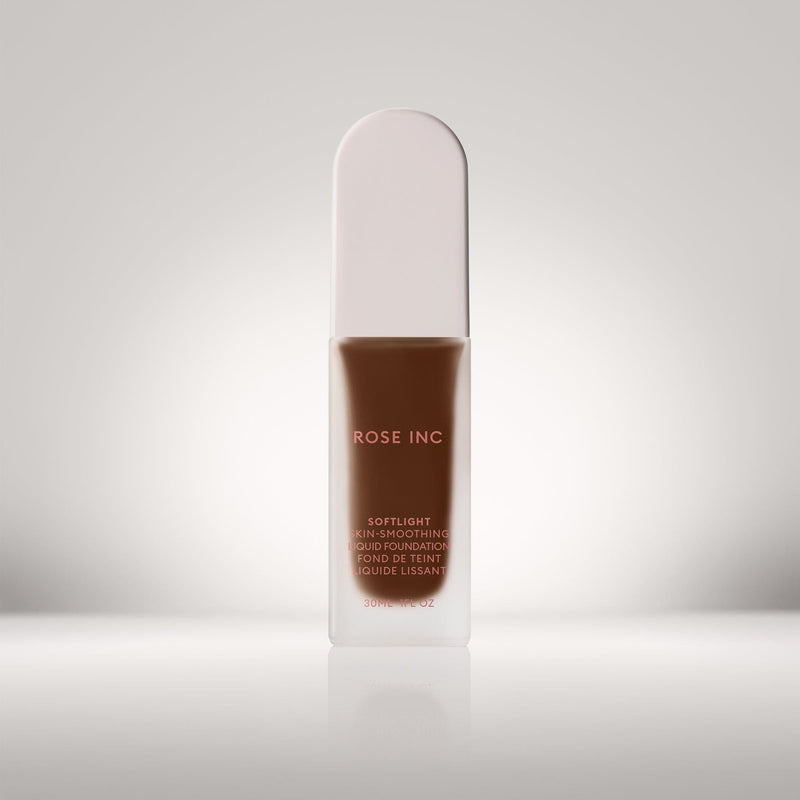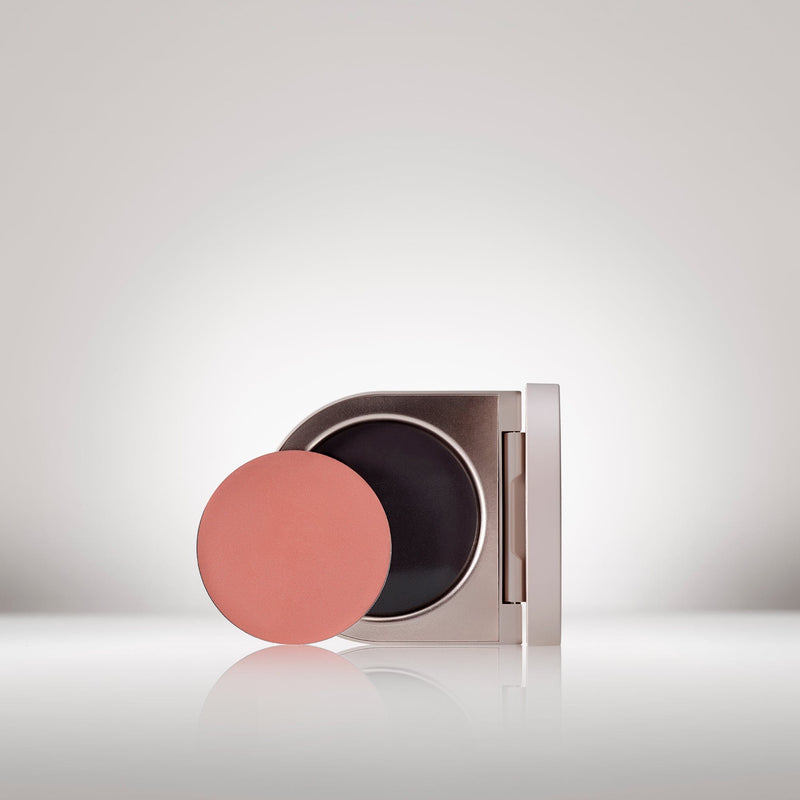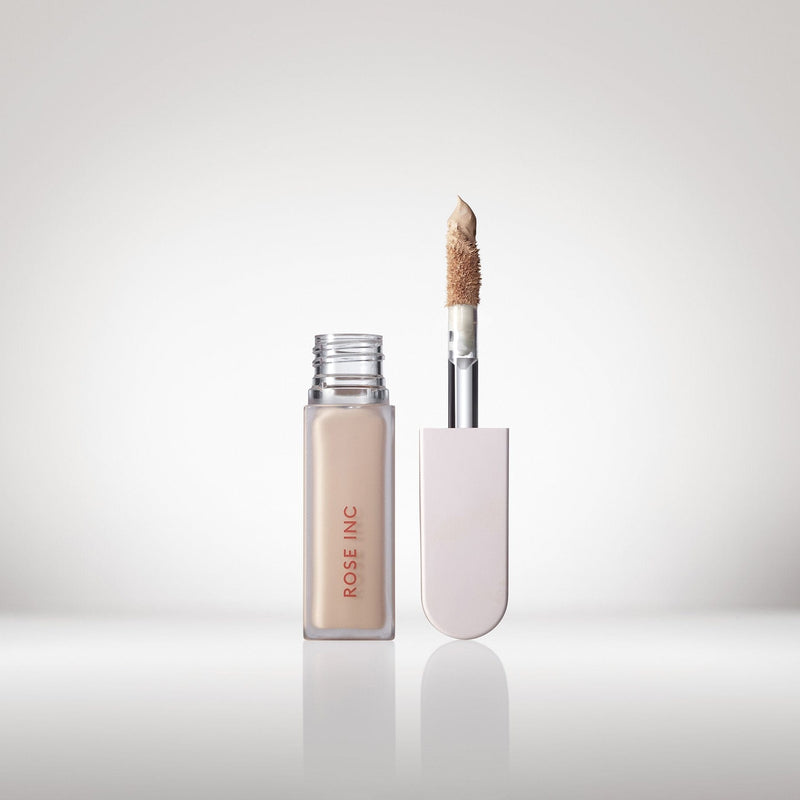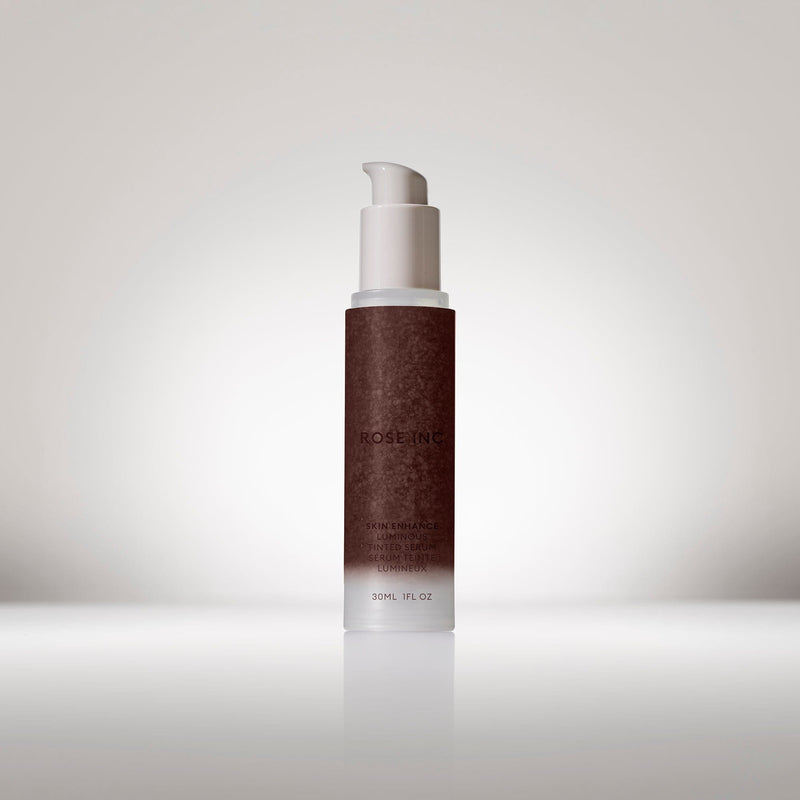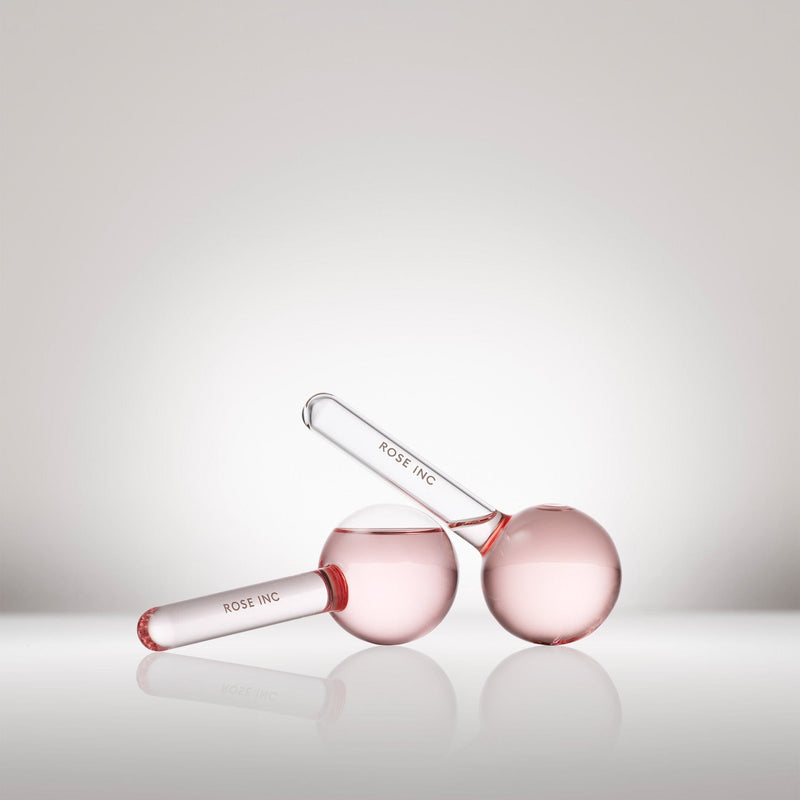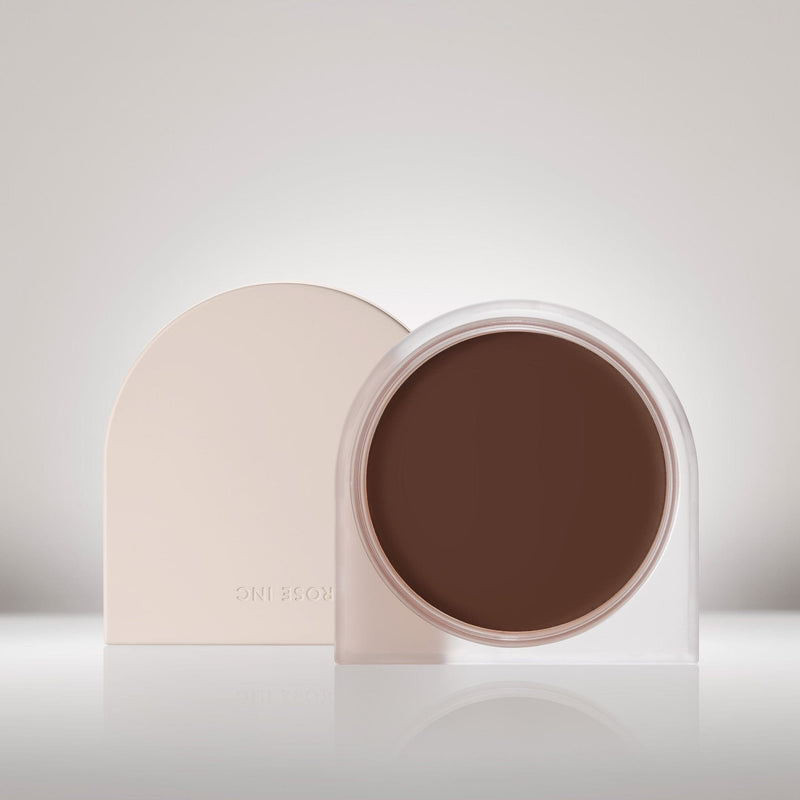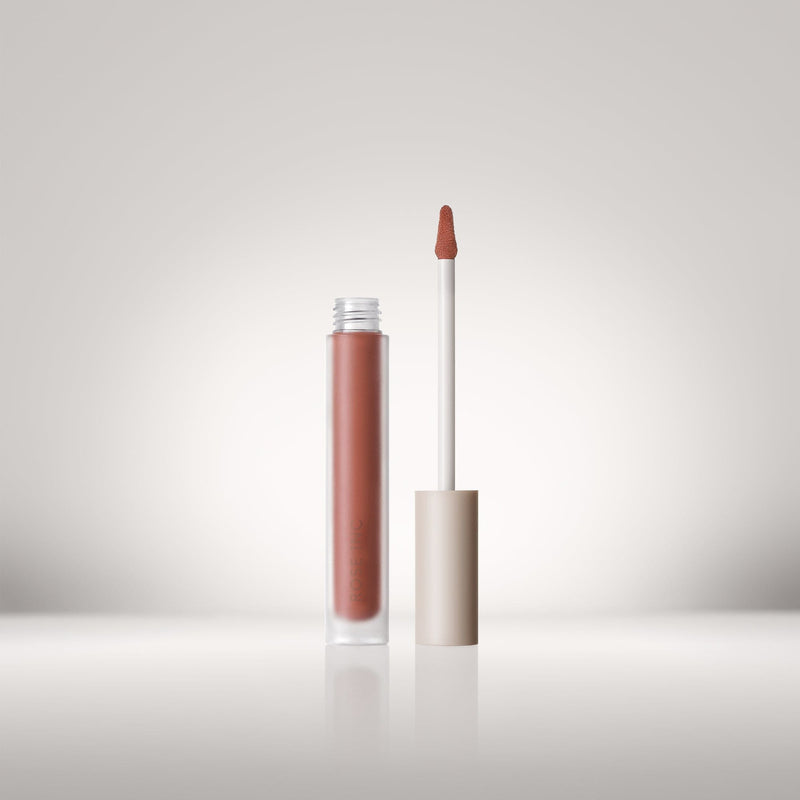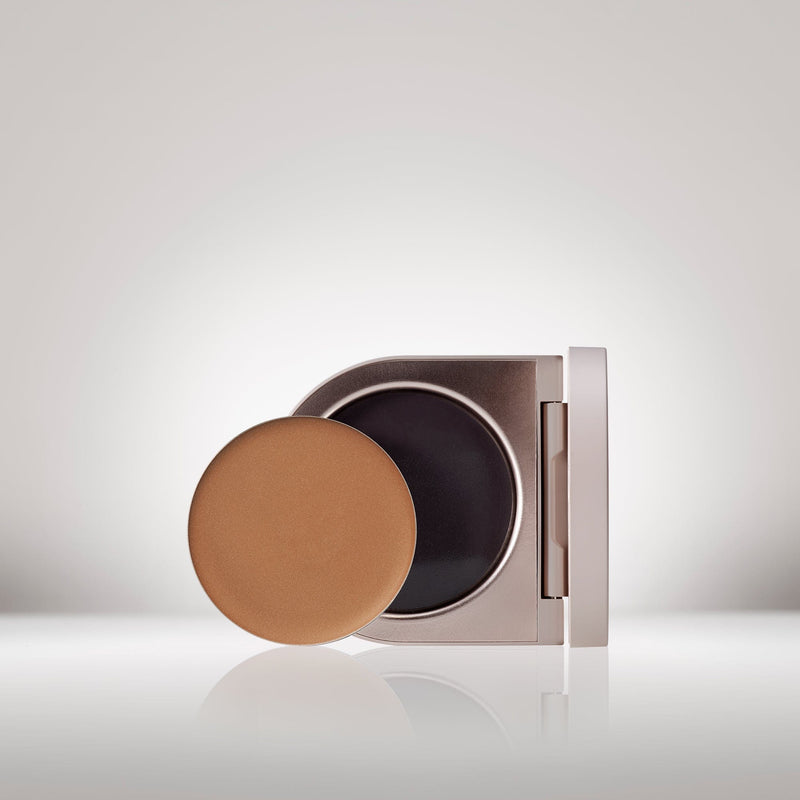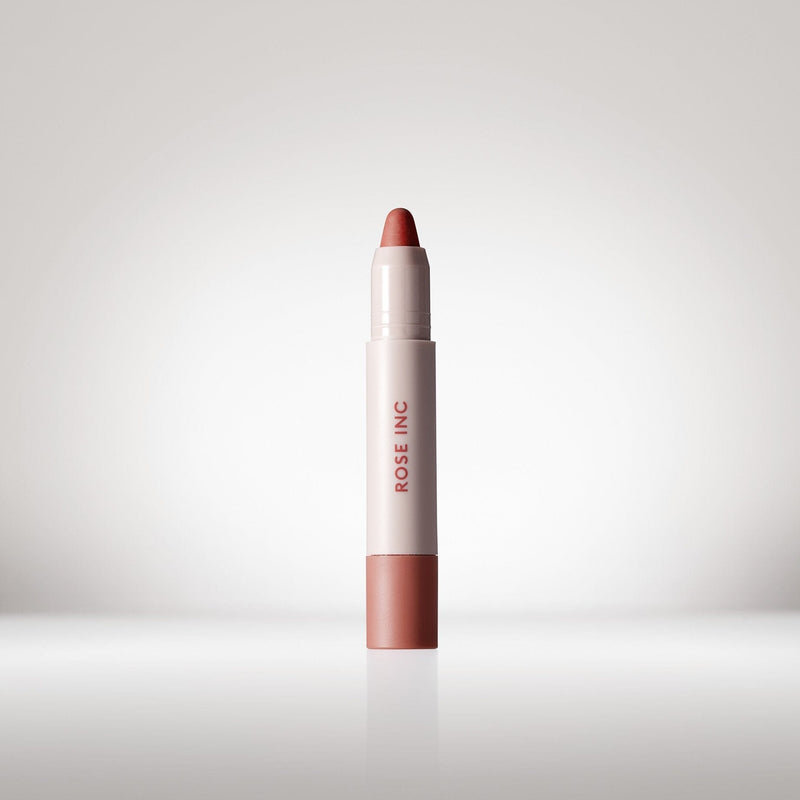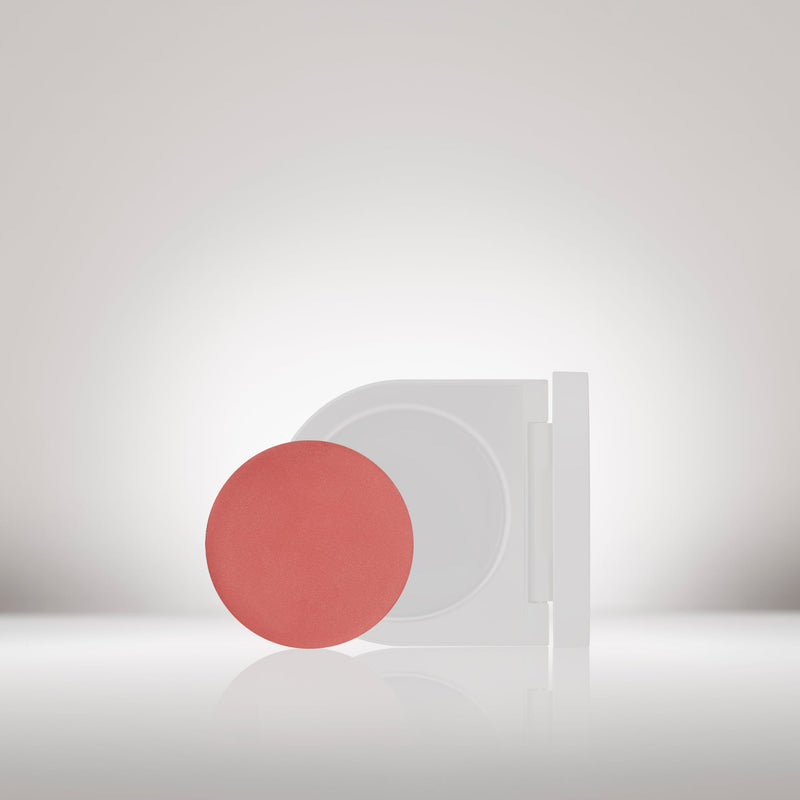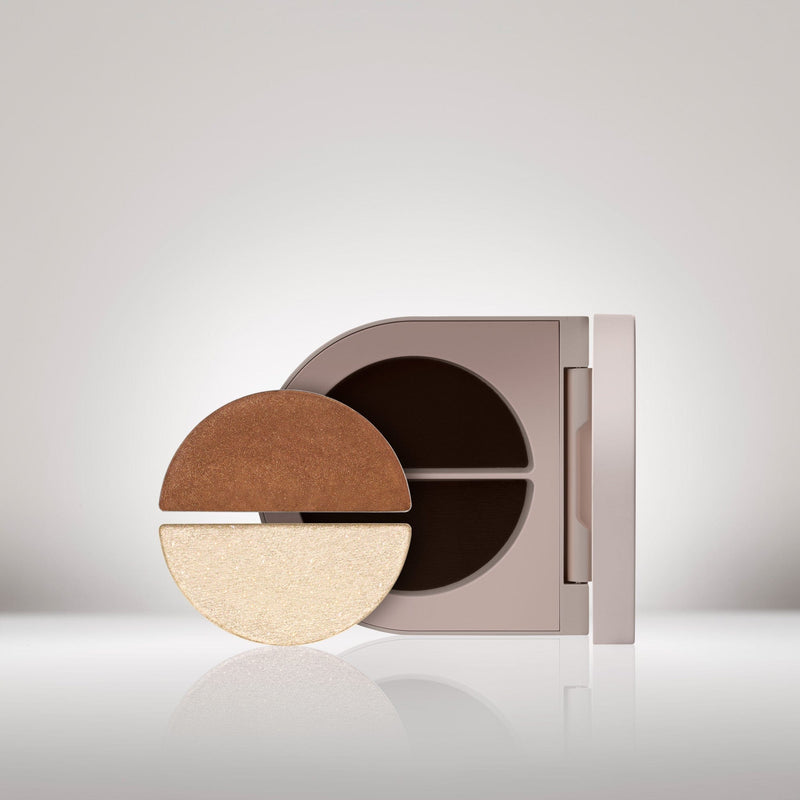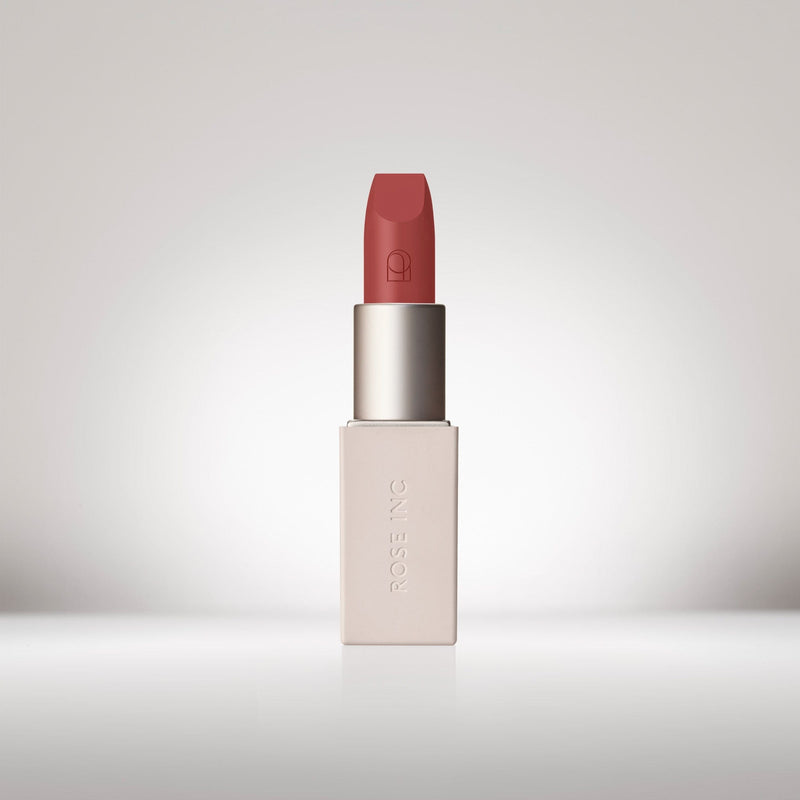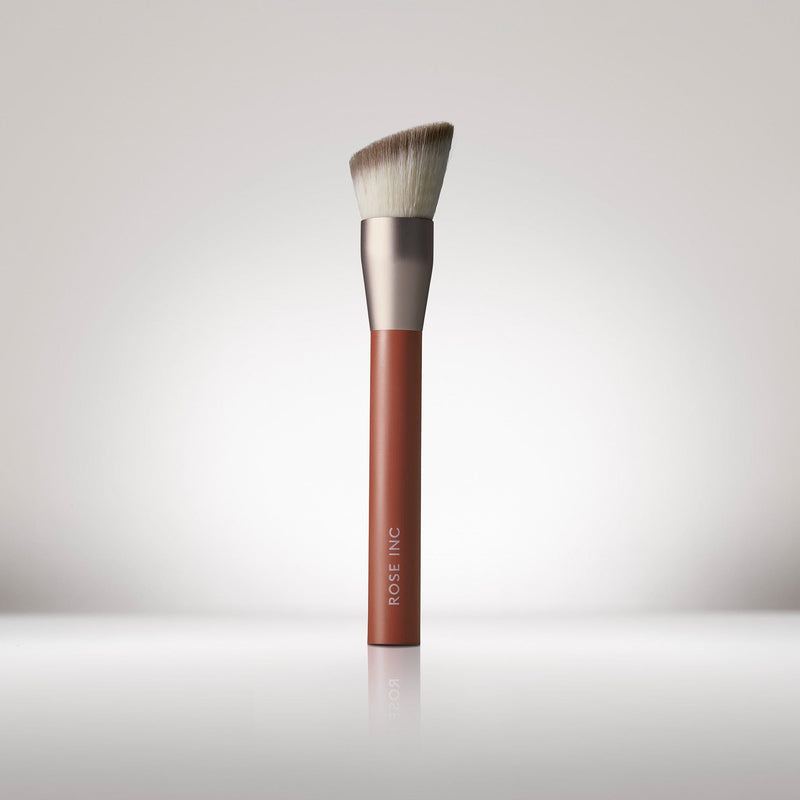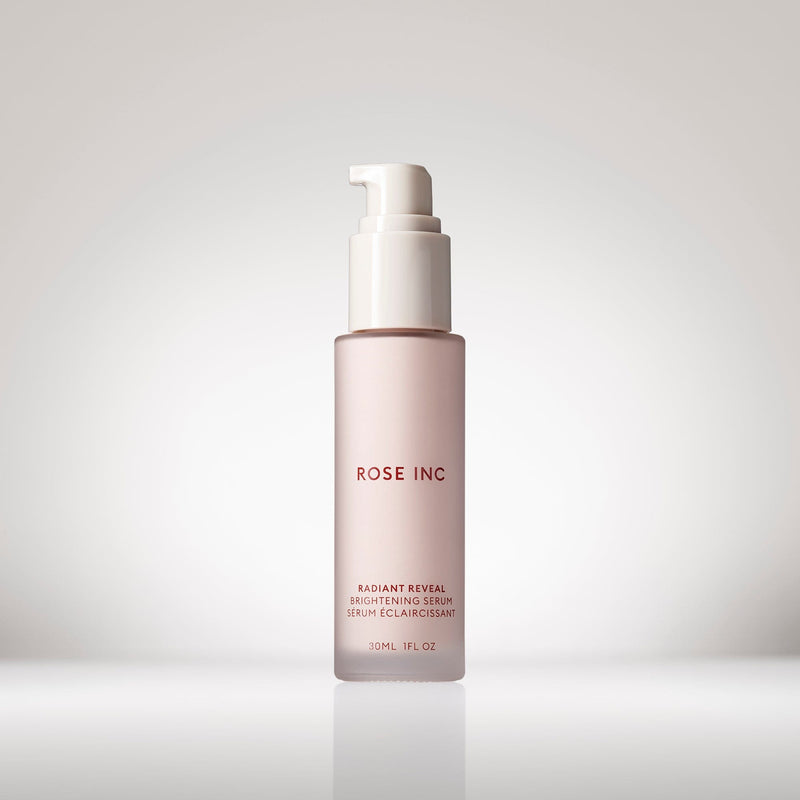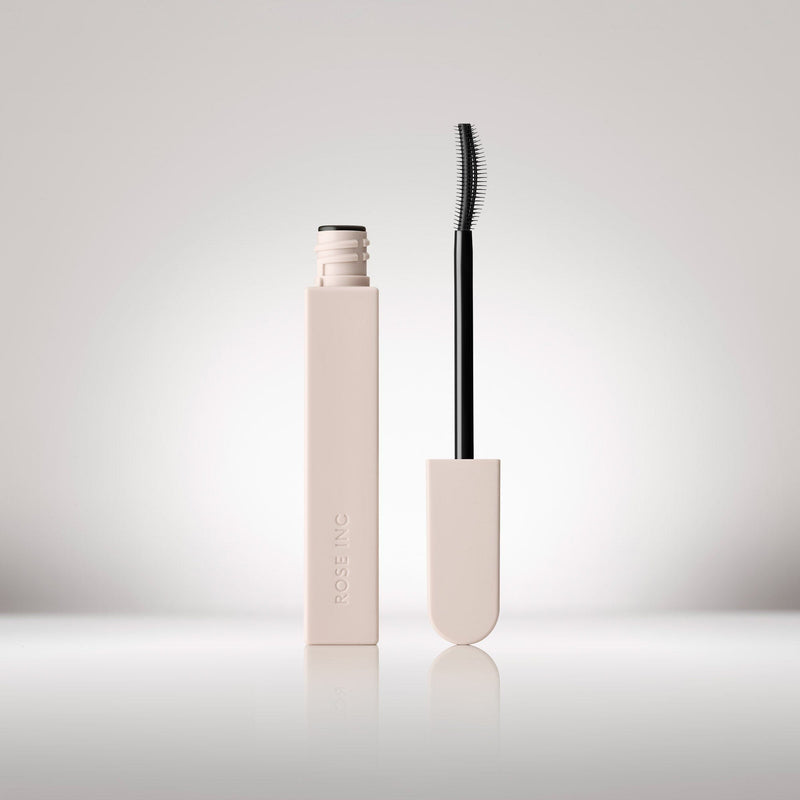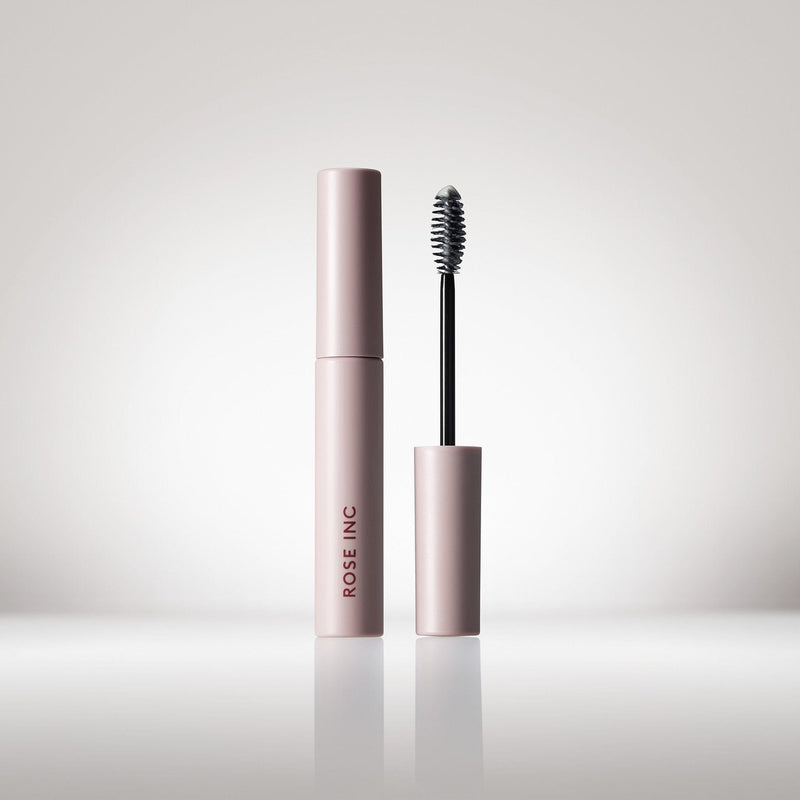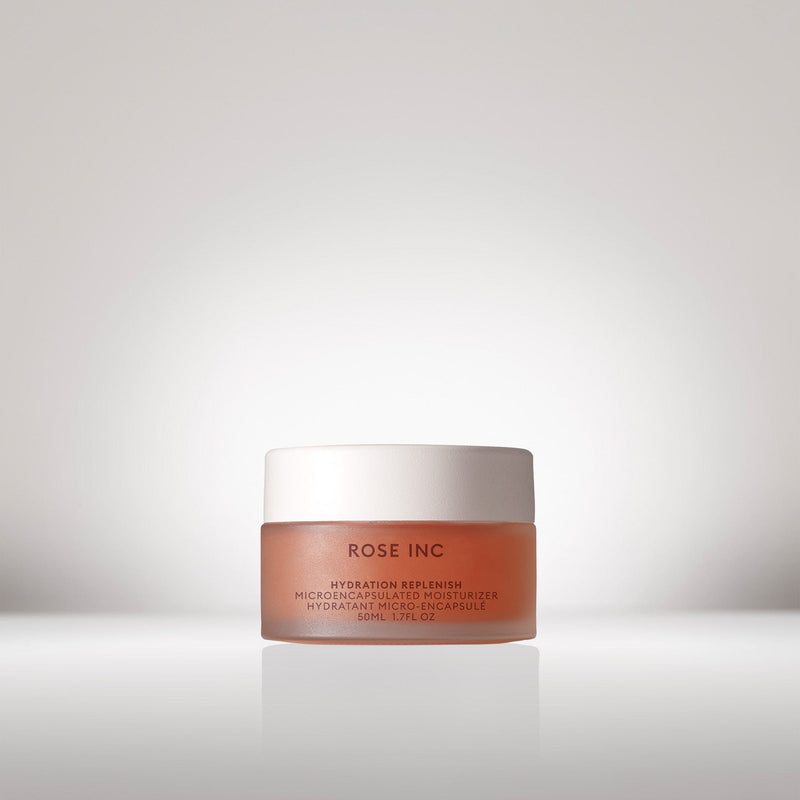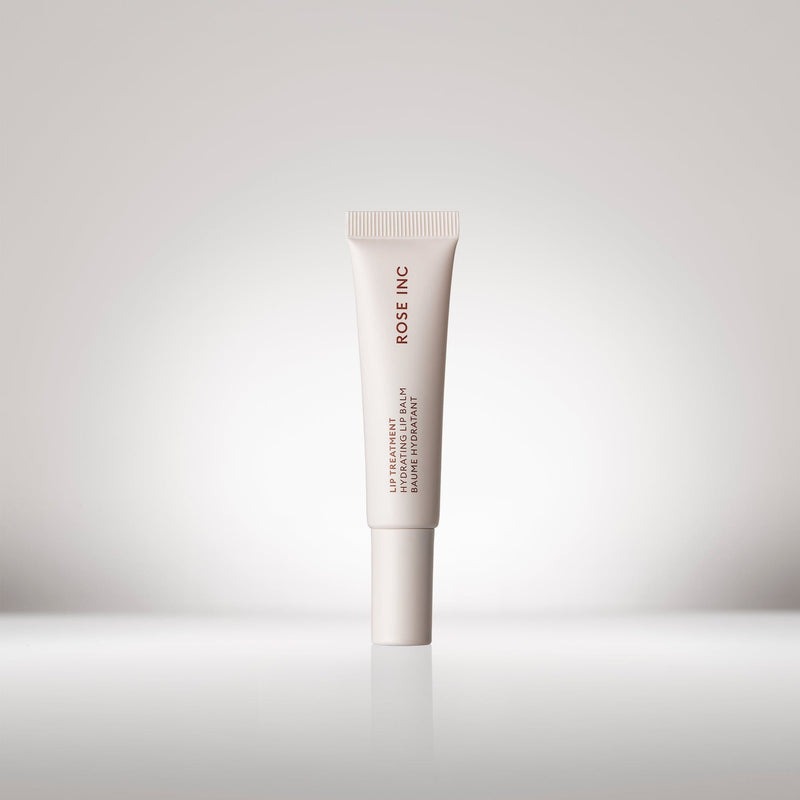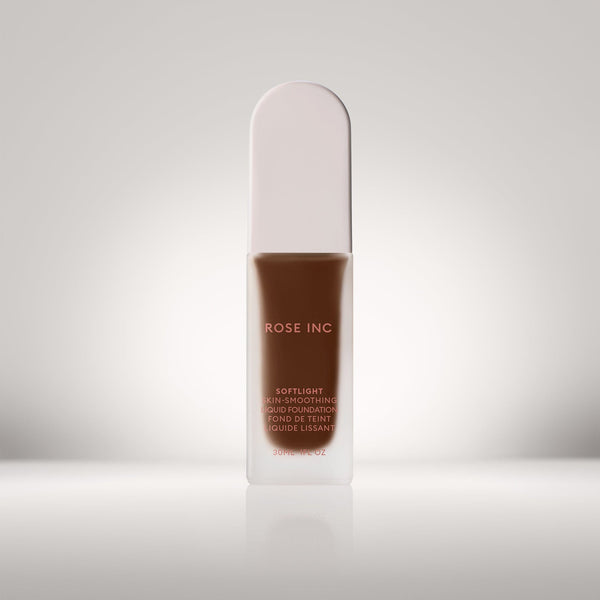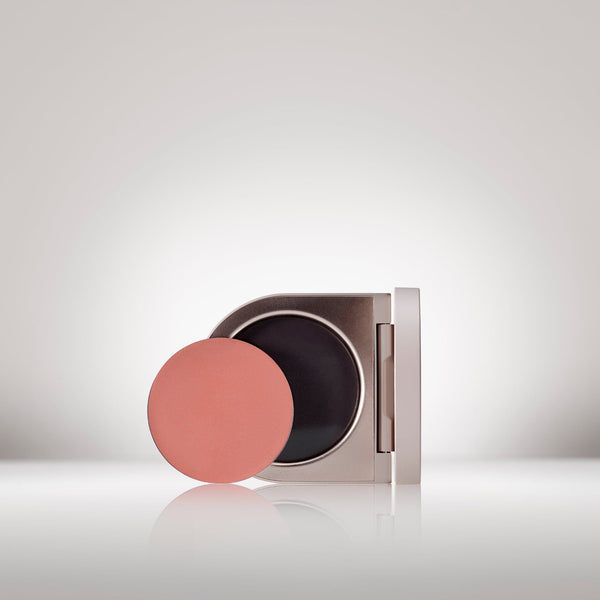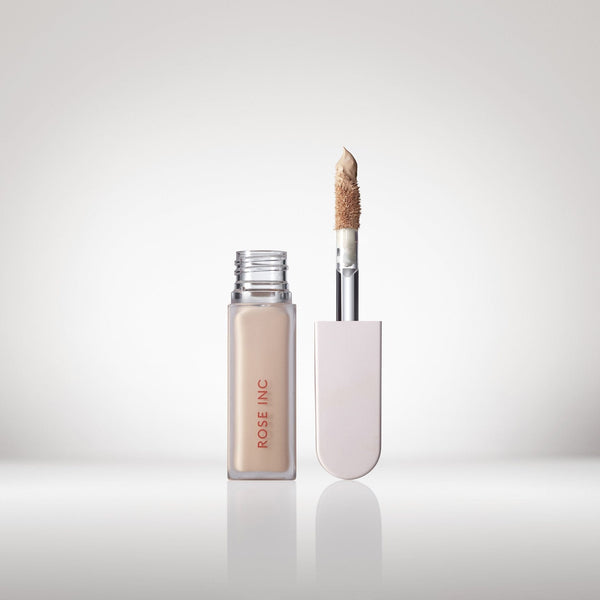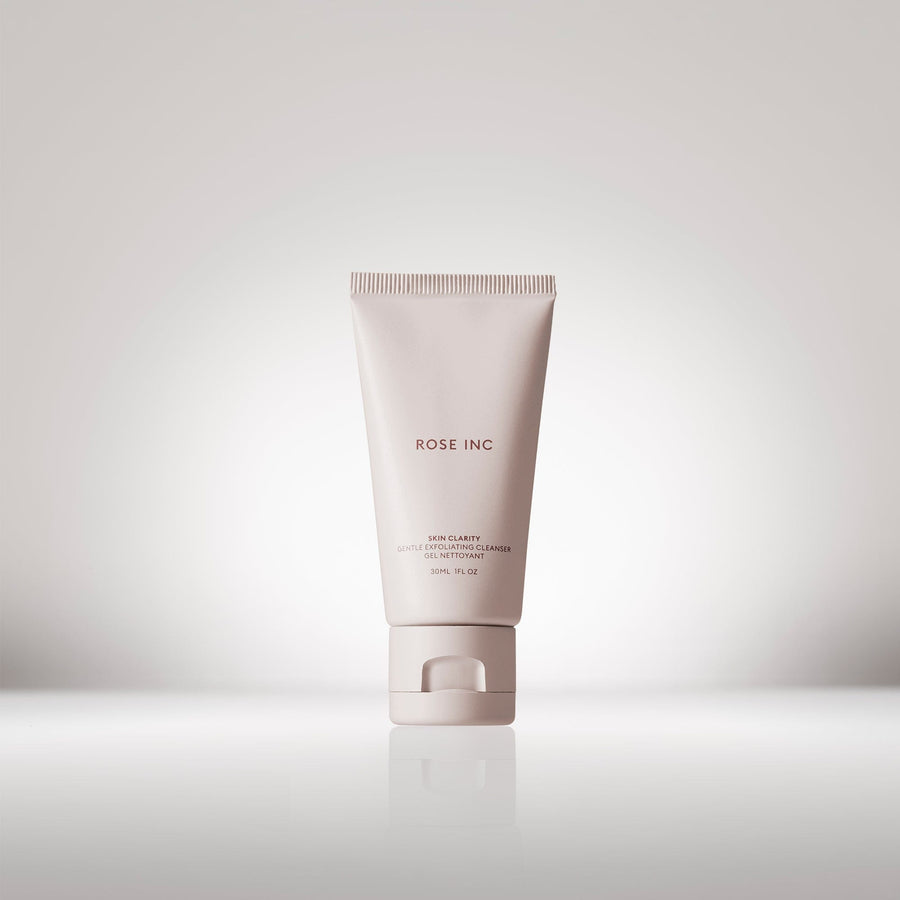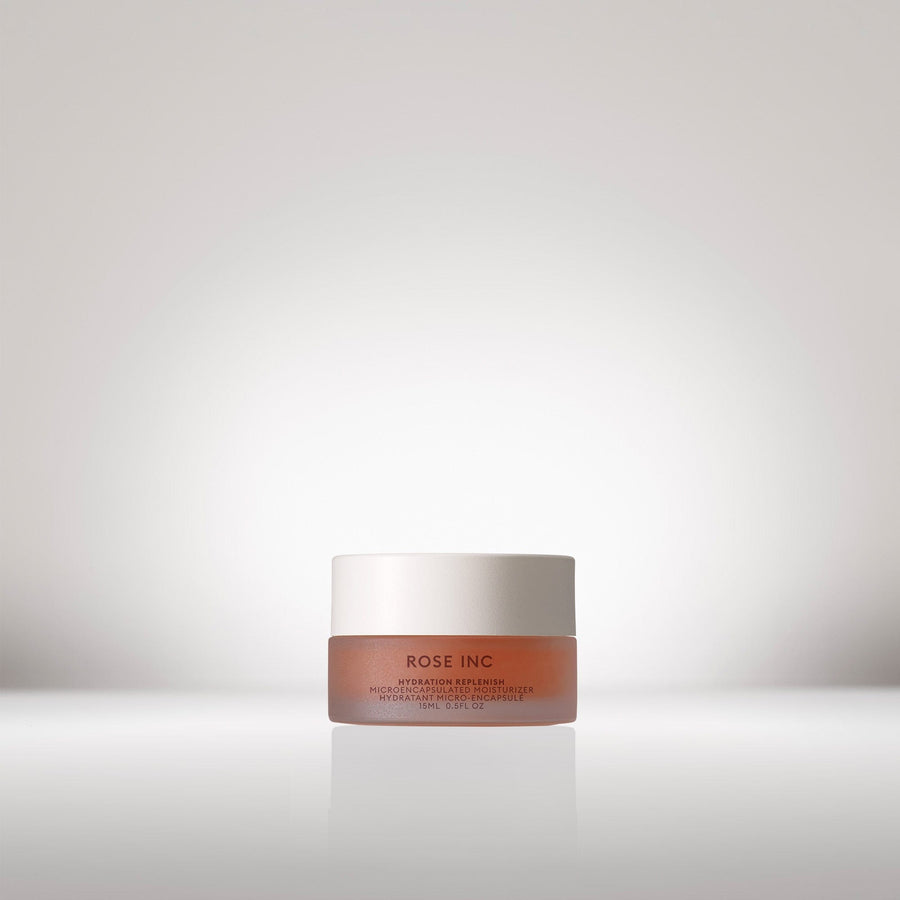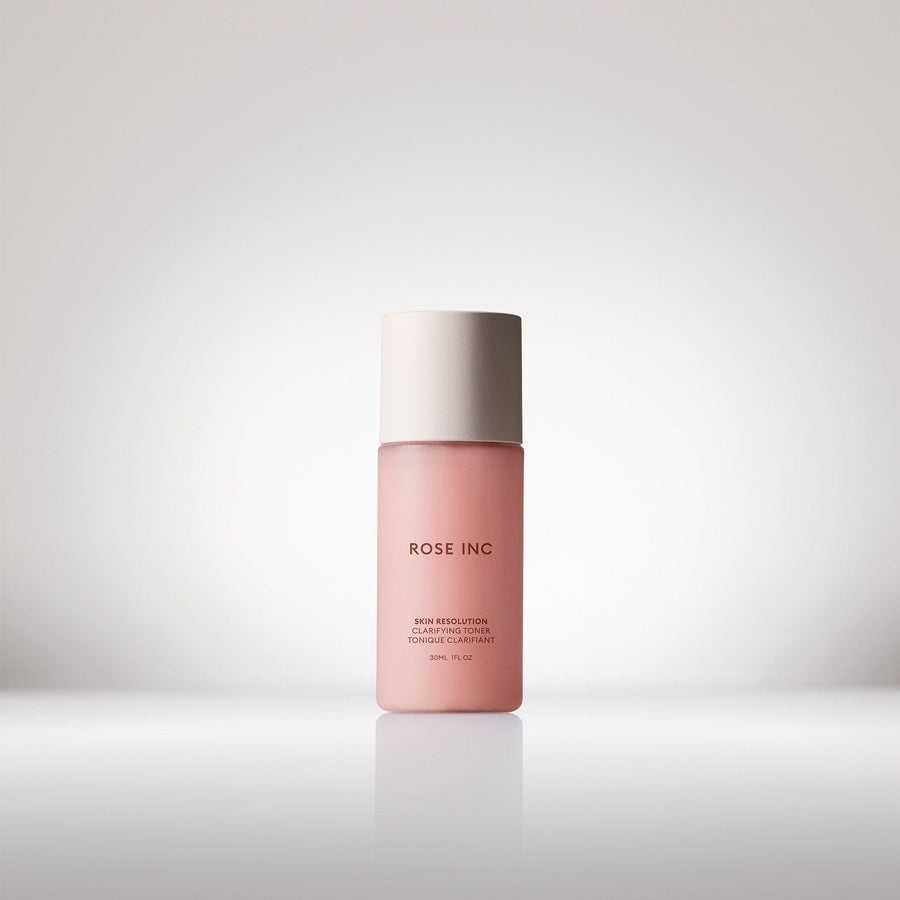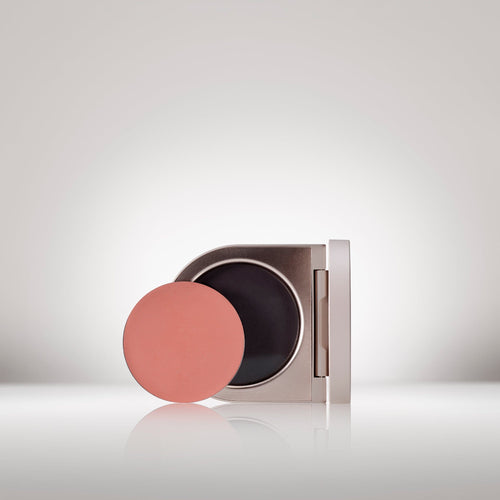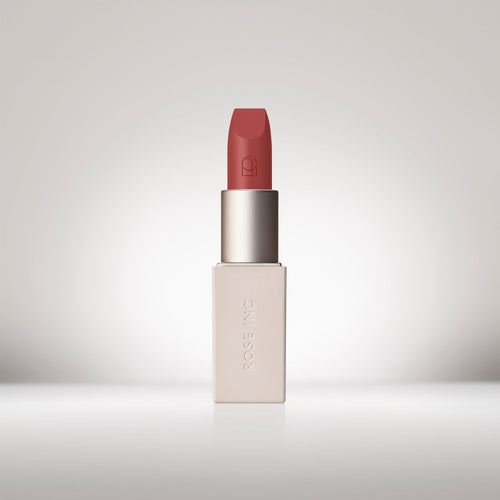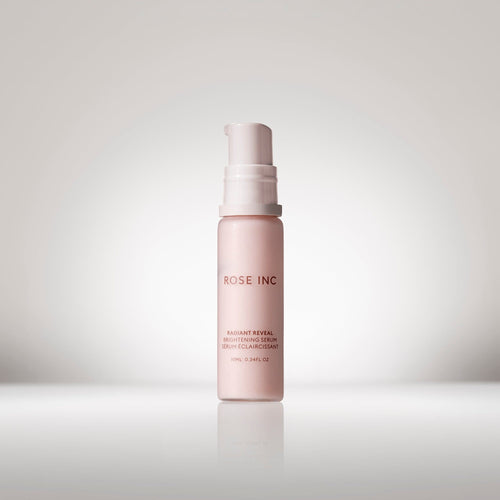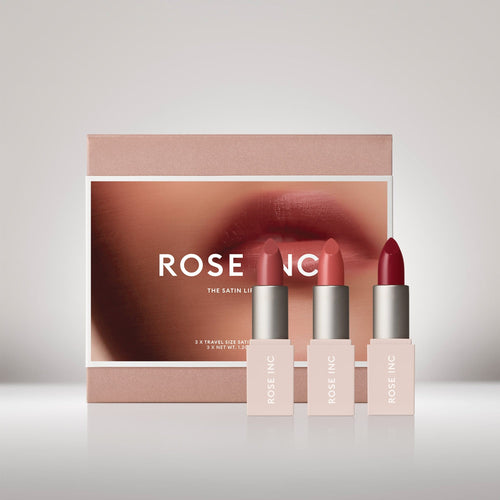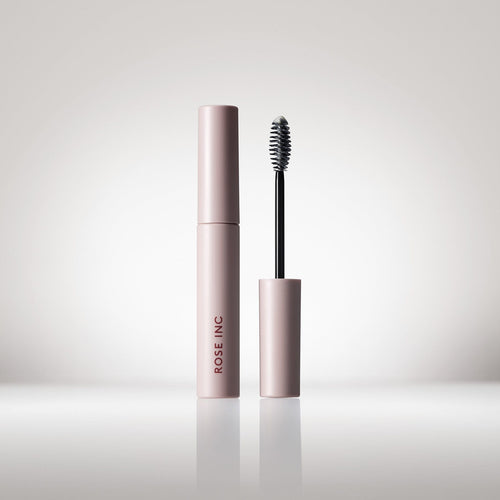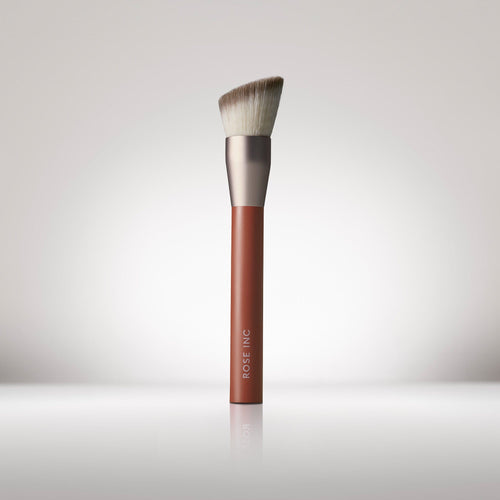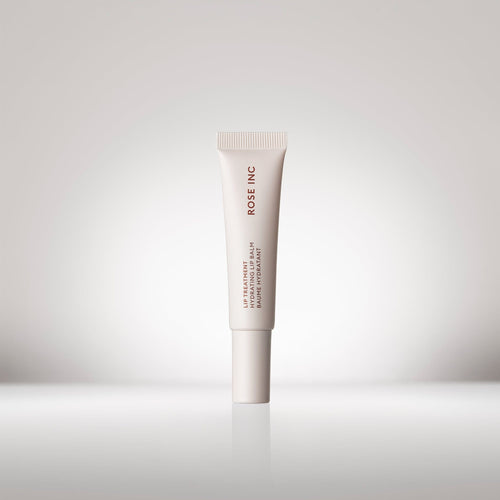Collections
Product Type
Filter
- SHOP
- EXPLORE
Collections
- Body Care
- New
- Bestsellers
- Sets
Product Type
- Makeup
- Skincare
- Brushes/Tools
- Travel
Filter
- By Benefit
-
-
Top Sellers
Shop all
About US
- OUR STORY
- INGREDIENTS
- SUSTAINABILITY
- RECYCLING GUIDE
Editorial
- New
- Profile
- Education
- Tutorial
- RHW SHORTLIST
Search By Category
Popular Searches
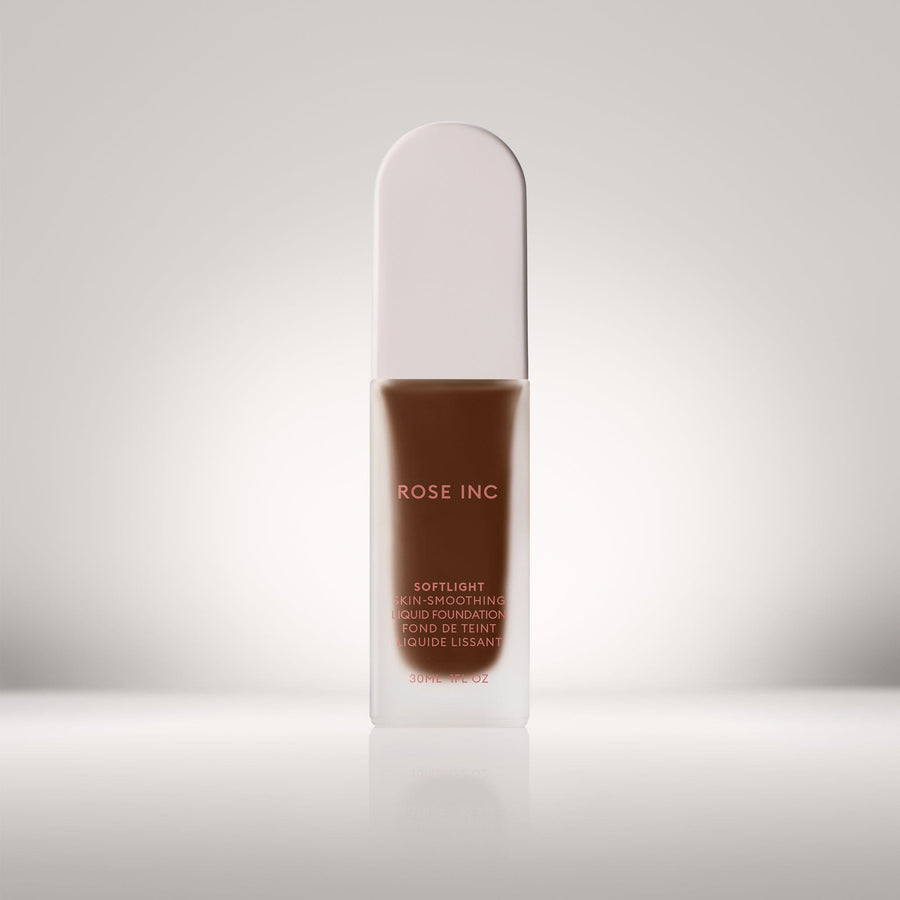
31N
Deep with Neutral Undertone
30W
Deep with Warm Red Undertone
29N
Deep with Neutral Red Undertone
28W
Deep with Warm Golden Undertone
27C
Deep with Cool Red Undertone
26N
Deep with Cool Red Undertone
25W
Deep with Warm Golden Undertone
24W
Medium-Deep with Warm Olive Undertone
23C
Medium-Deep with Cool Pink Undertone
22N
Medium-Deep with Neutral Undertone
21W
Medium-Deep with Neutral Undertone
20N
Medium-Deep with Neutral Golden Undertone
19N
Medium-Deep with Neutral Undertone
18W
Medium-Deep with Warm Golden Undertone
17C
Medium with Cool Pink Undertone
16W
Medium with Warm Olive Undertone
15N
Medium with Neutral Golden Undertone
14W
Medium with Warm Peach Undertone
13N
Medium with Neutral Undertone
12C
Medium with Cool Neutral Undertone
11W
Medium with Warm Golden Undertone
10N
Light-Medium with Neutral Olive Undertone
9W
Light-Medium with Warm Peach Undertone
8N
Light with Neutral Undertone
7C
Light with Cool Pink Undertone
6W
Light with Warm Golden Undertone
5N
Light with Neutral Undertone
4W
Light with Warm Golden Undertone
3N
Fair with Neutral Undertone
2N
Fair with Neutral Olive Undertone
1C
Fair with Cool Pink Undertone
31N
Deep with Neutral Undertone
Softlight Skin-Smoothing Liquid Foundation
Medium Coverage, brightening, balancing

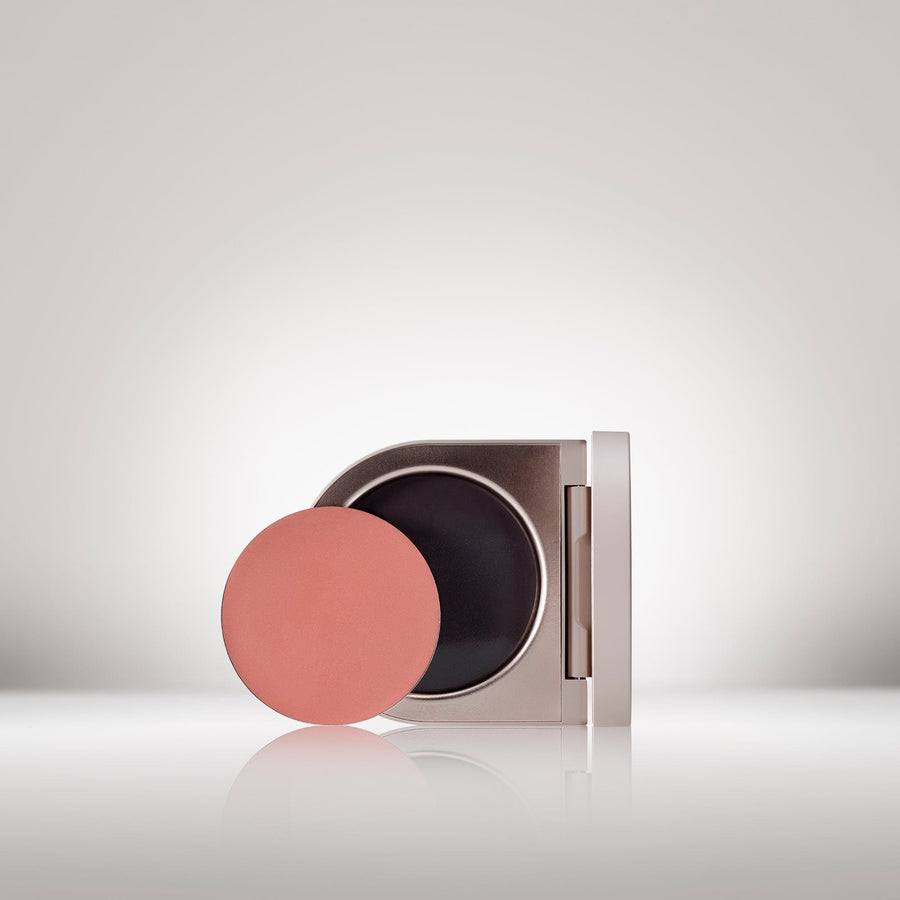
Hydrangea
Light cool pink
Wisteria
Coral pink
Anemone
Coral
Heliotrope
Apricot
Delphine
Muted peach
Daylily
Rich taupe
Foxglove
Warm terracotta
Ophelia
True pink
Camellia
Mauve
Hibiscus
Bright plum
Azalea
Berry
Dahlia
Deep berry
Hydrangea
Light cool pink
Cream Blush Refillable Cheek & Lip Color
Brightening, blurring and longwearing
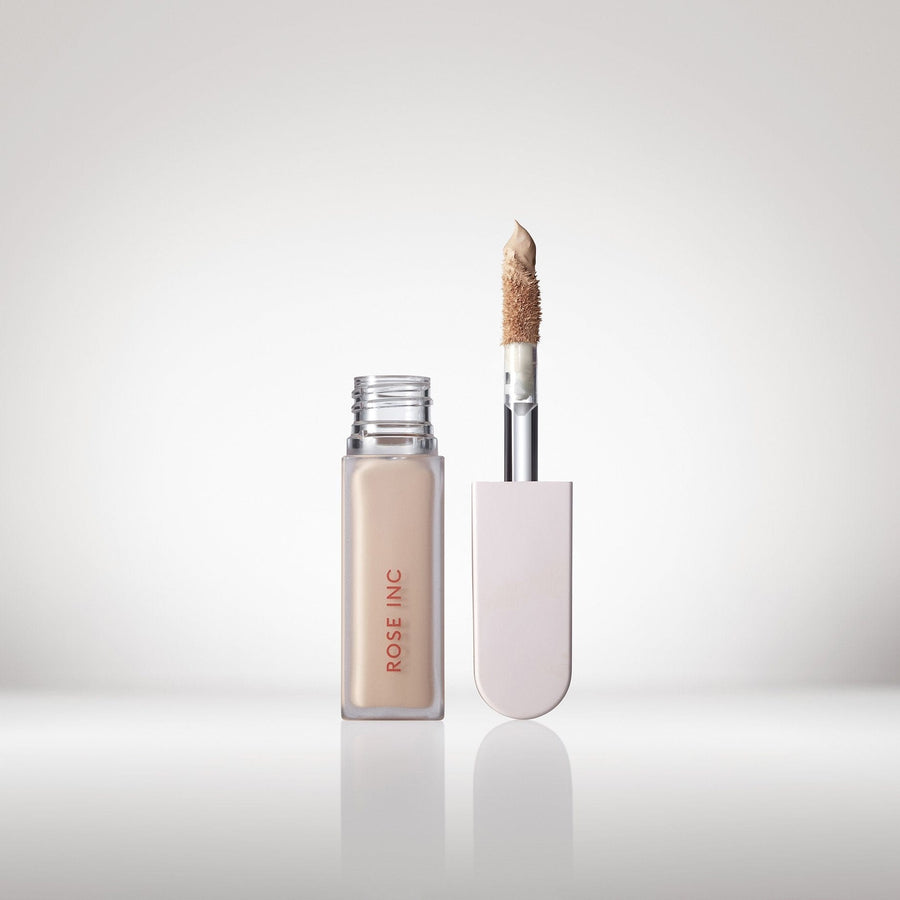
LX 200
Very Deep Skin Tone, Neutral Undertone
LX 190
Very Deep Skin Tone, Cool Red Undertone
LX 180
Deep Skin Tone, Warm Neutral Undertone
LX 170
Deep Skin Tone, Golden Undertone
LX 160
Deep Skin Tone, Red Undertone
LX 150
Deep Skin Tone, Neutral Undertone
LX 140
Medium/Deep Skin Tone, Neutral Undertone
LX 130
Medium/Deep Skin Tone, Warm Golden Undertone
LX 120
Medium/Deep Skin Tone, Pink Undertone
LX 110
Medium/Deep Skin Tone, Golden Undertone
LX 100
Medium/Deep Skin Tone, Peach Undertone
LX 090
Medium Skin Tone, Olive Undertone
LX 080
Medium Skin Tone, Pink Undertone
LX 070
Medium Skin Tone, Golden Undertone
LX 060
Medium Skin Tone, Peach Undertone
LX 050
Light/Medium Skin Tone, Neutral Undertone
LX 040
Light/Medium Skin Tone, Golden Neutral Undertone
LX 030
Light Skin Tone, Pink Undertone
LX 020
Light Skin Tone, Peach Undertone
LX 010
Fair Skin Tone, Neutral Undertone
LX 200
Very Deep Skin Tone, Neutral Undertone
Softlight Luminous Hydrating Concealer
Medium coverage, brightening, blurring

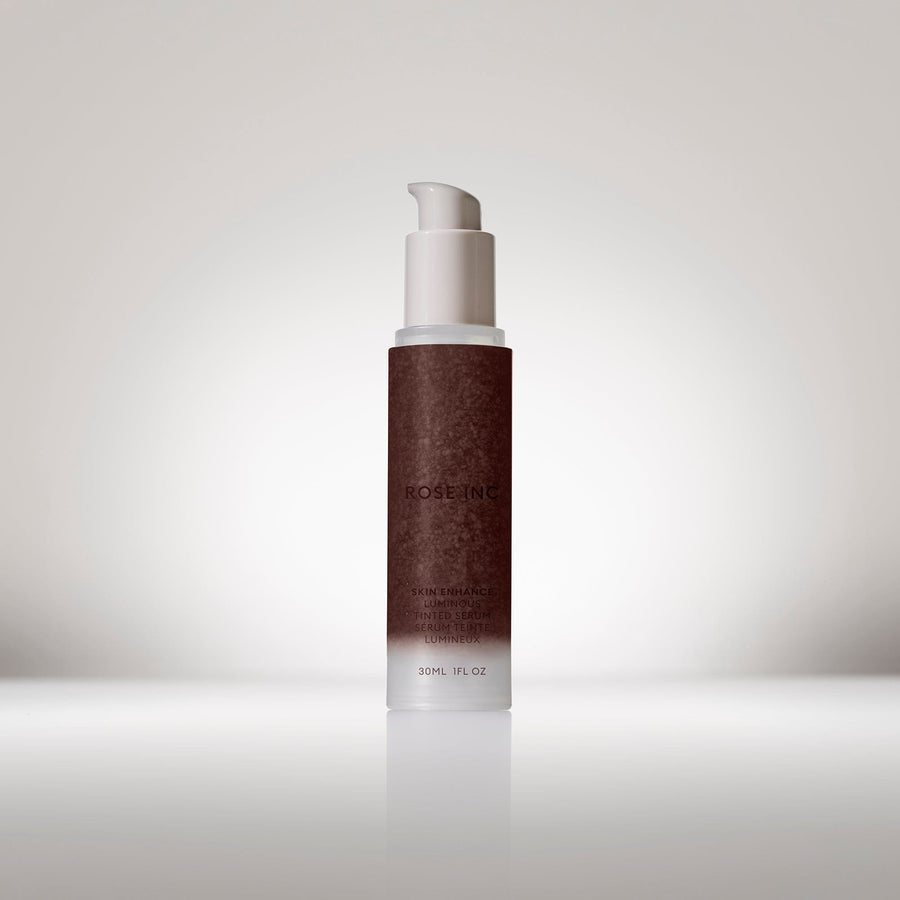
140
Very Deep Skin Tone/Red Undertone
130
Deep Skin Tone/Neutral Undertone
120
Deep Skin Tone/Red Undertone
110
Deep Skin Tone/Golden Undertone
100
Medium Deep Skin Tone/Golden Undertone
090
Medium Deep Skin Tone/Olive Undertone
080
Medium Tan Skin Tone/ Peach Undertone
070
Medium Skin Tone/Peach Undertone
060
Medium Skin Tone/ Neutral Undertone
050
Medium Skin Tone/ Pink Undertone
040
Light to Medium Skin Tone/ Neutral Undertone
030
Light Skin Tone/ Warm Golden Undertone
020
Light Skin Tone/Warm Peach Undertone
010
Fair Skin Tone/ Cool Pink Undertone
140
Very Deep Skin Tone/Red Undertone
Skin Enhance Luminous Tinted Serum
Sheer Coverage, illuminating, hydrating
Search By Category
Popular Products
Categories
-
Education
A primer on essential beauty topics, from talc contamination to biodegradability.
-
Profile
Everybody has a story about beauty. Some of the world’s most intriguing people share theirs.
-
Tutorials
Expert beauty advice to inform and inspire.
-
A primer on essential beauty topics, from talc contamination to biodegradability.
-
Everybody has a story about beauty. Some of the world’s most intriguing people share theirs.
-
Expert beauty advice to inform and inspire.
Test Article Template
Content By Felix Ruiz Diez
By Felix Ruiz Diez
Use a Gentle Cleanser
Just like preventing breakouts on the face, maintaining a skincare routine for the body is also essential. Dr. Garshick says keeping it super simple is ideal. Use a gentle cleanser to wash the area once daily to get rid of excess oil and build-up, she says, and try to keep your showers short; showering for too long or too often can dry out the skin.
Medicated Cleanser Can Help
In some cases, depending on the extent of the body breakouts, Dr. Garshick advises incorporating a medicated cleanser into your body skincare routine. A dermatologist can prescribe this, but Dr. Garshick notes that there are some available over-the-counter you can try. Look for ones containing benzoyl peroxide and exfoliants such as glycolic acid and salicylic acid.
“...avoid over-exfoliation, which can occur from using too harsh of an exfoliant or exfoliating too often...”
 By Felix Ruiz Diez
By Felix Ruiz Diez
Exfoliate Affected Areas
In addition to regular cleansing, exfoliation can also help prevent and treat breakouts and deal with any pigmentary changes they’ve caused. There’s one caveat, though: “It is important to avoid over-exfoliation, which can occur from using too harsh of an exfoliant or exfoliating too often,” Dr. Garshick says. Generally, she advises exfoliating once or twice a week, max.
Keep The Areas Clean And Dry
To prevent body breakouts from happening in the first place, Dr. Garshick says keeping the areas clean and dry is key. Showering will rinse off the build-up of dirt, excess oil and sweat that can lead to breakouts. So, if you’ve just finished a sweaty workout or spent time in the sun, be sure to hop in the shower right after and change into dry, clean clothes.
Switch to Lightweight Moisturizers
Even in the summer months, Dr. Garshick says it’s important to continue moisturizing your entire body. But instead of the thick, super-moisturizing ones you’d wear during the winter months, opt for a moisturizer that’s lightweight and non-comedogenic, meaning it won’t clog your pores.
"...it can also help to use vitamin C, an antioxidant that helps fight free radical damage while also brightening the skin and improving discoloration."
 By Felix Ruiz Diez
By Felix Ruiz Diez
Consult with a Dermatologist
If you’ve implemented the above tips and tried over-the-counter products and your body breakouts still aren’t improving, Dr. Garshick says it’s good to visit a dermatologist. Scarring or discoloration resulting from breakouts are also signs that it’s time to see an expert.
Also, increased sweat during the summer isn’t the only thing that can trigger body breakouts. Other factors such as hormonal changes can be at play. Bumps caused by yeast or fungus can also resemble body acne. For these reasons, Dr. Garshick advises checking with a dermatologist who can help pinpoint the cause and the best treatment option.
Protect Skin From Hyperpigmentation and Sunburns
Lastly, remember to also be mindful of other skincare issues that are common during spring and summer. “Hyperpigmentation can appear in the form of sunspots or melasma and can worsen or appear during the summer months,” she says. “Regular use of sunscreen can help to prevent and treat discoloration. Additionally, it can also help to use vitamin C, an antioxidant that helps fight free radical damage while also brightening the skin and improving discoloration. Other ingredients that can help include azelaic acid, retinol, kojic acid and licorice root extract.”
Sunburn prevention is another important reason to wear sunscreen religiously. Opt for one that is SPF 30 or higher. And Dr. Garshick emphasizes the importance of reapplying sunscreen every two hours and seeking shade as much as possible, especially during peak sun exposure hours.
Related Stories
shop the collection
Clean Beauty. Science-Backed. Made for You.



